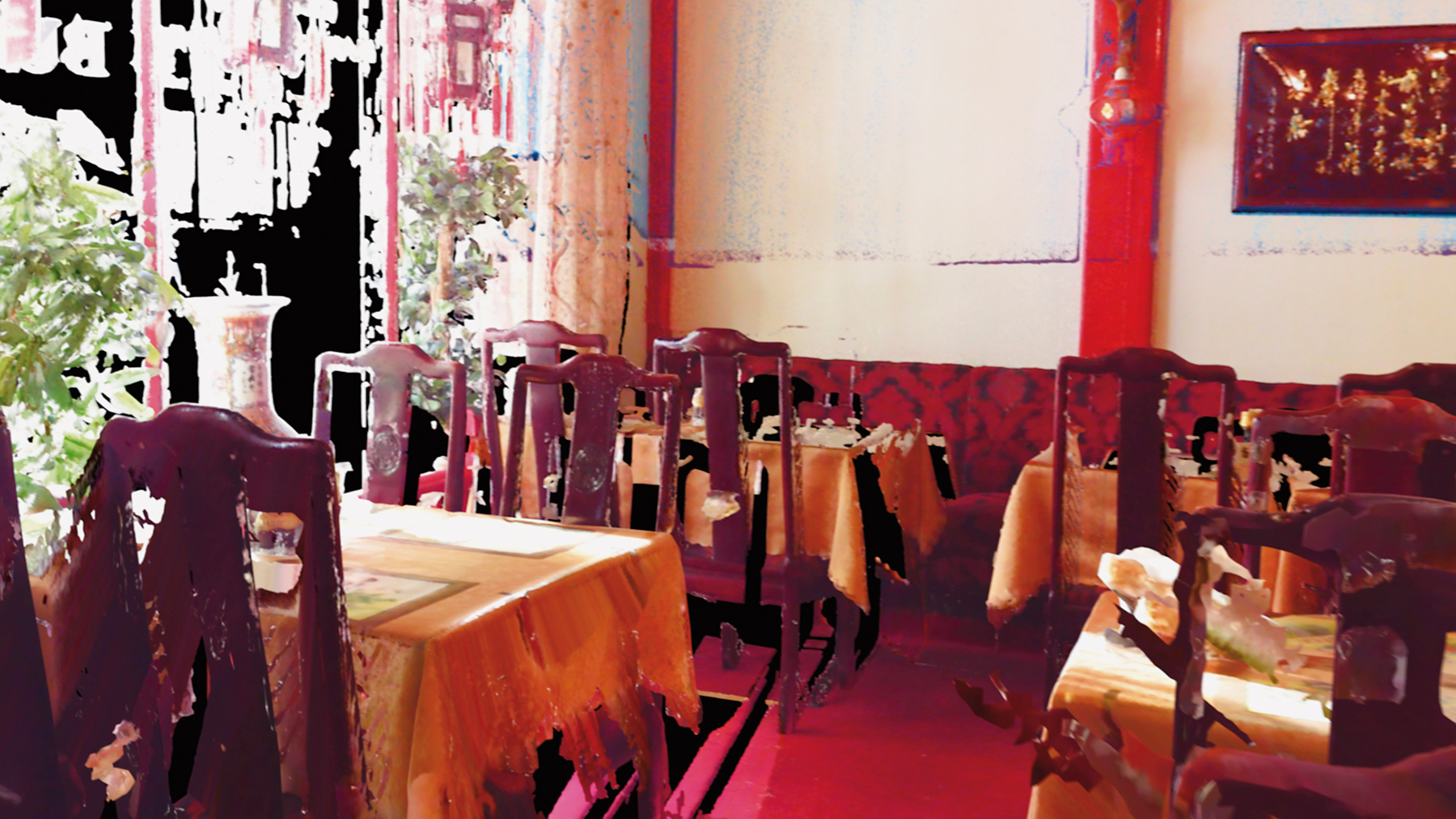Cinemateket
Film

Clay Theory
Amalie Smith, 2019'Clay Theory' is a meditation on the link between life and clay in the form a stereographic 3D film. The focal point of the film is a group of terracotta figurines from the Cypriot Bronze Age,…
'Clay Theory' is a meditation on the link between life and clay in the form a stereographic 3D film. The focal point of the film is a group of terracotta figurines from the Cypriot Bronze Age, shaped to look like humans out of reddish-brown fired clay. The terracottas become the centre of an axis that dates all the way back to the origins of life on a barren planet and extends out into a posthuman future where man-made life is a reality. The title itself, 'Clay Theory', is taken from chemist Graham Cairns-Smith's theory claiming that life came into being through interaction with clay molecules; a theory also known as the crystals-as-genes hypothesis. Along the axis between this speculative primordial time and an imagined future, we find clay-based myths of creation emerging in all parts of the world. We also find the story of the Cypriot king Pygmalion, who carved an ivory sculpture so lifelike that she actually came alive. We have golems, homunculi, Frankenstein's monster, cyborgs and androids. It would seem as if humanity has long held a desire for – and fear of – creating life. Perhaps we will be able to do so in the near future. If so, will we look back on the terracotta figurines as precursors of artificial life? The majority of Clay Theory was filmed in Cyprus in 2019. It comprises footage of the terracotta figurines at the museum and as well as footage of various set-ups and experiments in Smith’s studio. Also featured is a rocky landscape on the coast, now the site of discarded plastic waste awaiting the archaeologists of the future. Moreover, a 3D scan of an unborn child, a mother ape and the hand gestures of a robot have found their way into the montage-like film. The soundtrack features the voices of geologist Minik Rosing, archaeologist Jeanette Varberg and art historian Jacob Wamberg, who have all served as conversation partners in Amalie Smith's interdisciplinary exploration of how life and clay are connected. The artist is occasionally heard to ask a question: were the clay figurines placed in prehistoric graves regarded as being alive, and did this in turn mean that they could also die? The voices merge with an orchestra of clay flutes playing music by Beethoven, as well as music created by composer Simon Brinck, parts of which was created in collaboration with an artificial intelligence. 3D movies have come and gone several times throughout movie history, but the medium has never achieved real staying power. Each breakthrough has gradually subsided in popularity - the most recent wave of 3D technology found itself replaced by virtual reality. In preparation for her stay in Cyprus, Amalie Smith learned the waning art of filming in 3D and built her own 3D camera in a so-called beam-splitter rig. The resulting piece is Smith's first 3D film.
Instruktør: Amalie Smith
Danmark, 2019
DCP, 18 min.
Engelsk dialog
Tilladt for børn over 15 år
Se mere
Danmark, 2019
DCP, 18 min.
Engelsk dialog
Tilladt for børn over 15 år